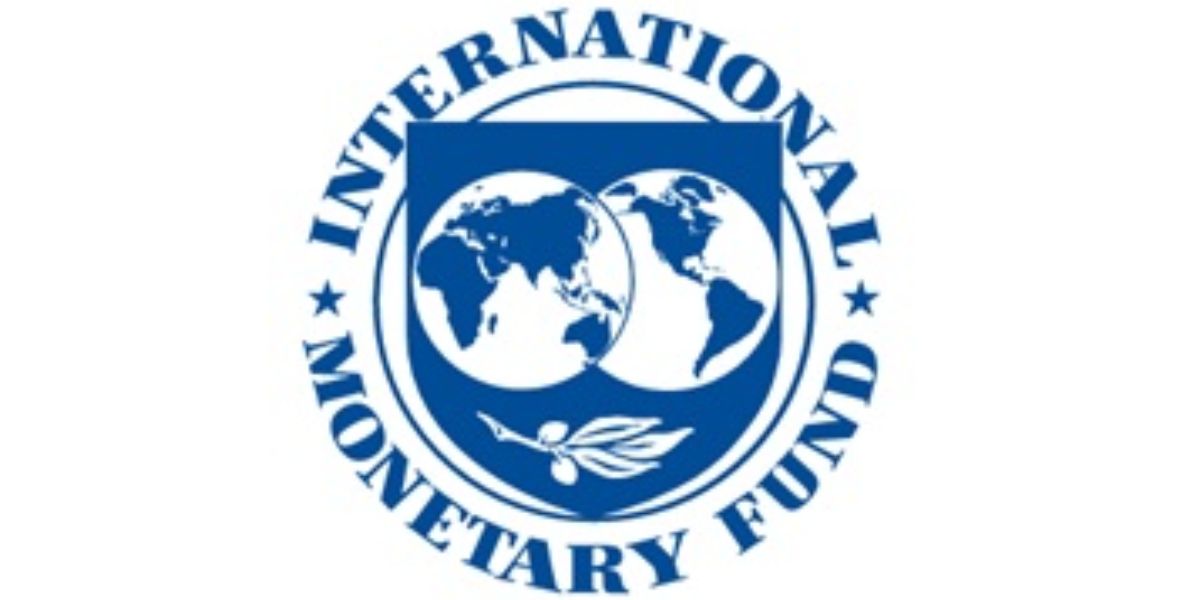The World Bank report Global Economic Prospects was issued in January 2025. The report notes that global growth is projected to remain steady at 2.7% in 2025/26, but this relatively low growth rate will not be sufficient to promote sustained economic development. There are potential downside risks to global growth from increased policy uncertainty, adverse trade policy shifts, geopolitical tensions, persistent inflation and climate-related natural disasters. The emerging market and developing economies (EMDEs), which contribute around 60% of global growth, will increase their per capital incomes at a significantly slower rate than previously experienced.
Policy action is required at global and national levels to enhance macroeconomic stability, reduce structural constraints and address the effects of climate change. Policy makers need to aim for price stability. Also, they should introduce measures to increase tax revenues and rationalize expenditures, to achieve fiscal sustainability and finance the necessary investments. To raise longer-term growth and improve progress on development goals, interventions are required to mitigate the impact of conflicts, increase the effectiveness of human capital, promote labour force inclusion and resolve food insecurity.
With the prospect of more trade restrictive measures and subdued global growth, the EMDE regions have varying growth prospects in 2025. Economic growth is projected to moderate in East Asia and the Pacific, with weaker domestic demand in China, Europe and Central Asia due to a slowing of activity in large economies. An increase in growth is projected for Latin America and the Caribbean, the Middle East and North Africa, South Asia, and Sub-Saharan Africa, driven by robust domestic demand. Growth is projected to strengthen in most regions in 2026.
In the US, fiscal policy may be expansionary over the forecast time period, compared to the slightly contractionary position previously assumed. The renewal of expiring individual and business tax provisions of the Tax Cuts and Jobs Act (TCJA) could result in stronger US consumption growth in the short term by reducing taxes paid by households and increasing disposable incomes, although the U.S. fiscal deficit would increase from 2026. The tax changes could result in stronger private consumption than previously projected and higher corporate investment over time. The boost to U.S. domestic demand would be reduced by the distributional pattern of the extended personal tax measures, as income gains would accrue mainly to the top quintile of incomes, which have a comparatively low marginal propensity to consume.
The recent fiscal, monetary, and regulatory policy measures introduced in China amount to a relatively restrained stimulus. Policy makers could use more aggressive efforts to boost private consumption and increase spending on public goods and services. Also, more policy support for the property sector could stabilize real estate activity sooner than currently projected. This could support consumer and business confidence, increasing private consumption and business sentiment. A quicker recovery in China’s property sector could result in positive spillovers to China’s trade partners, especially EMDE metals exporters.
EMDEs are facing a number of difficulties, and progress on structural reforms has slowed. Protectionist measures and geopolitical fragmentation have increased and there are high debt burdens and demographic shifts. The policy approach should aim to boost investment and productivity and enhance macroeconomic stability.
Low income countries (LICs) need to mobilize revenues, to increase their tax-to-GDP ratios. Their tax revenue collection is weak owing to a number of structural factors, including weak institutions, underdeveloped financial sectors, limited use of information technology and high levels of informality in th. Non-tax sources of revenue in LICs have been shrinking, with net overseas development assistance declining to 7 percent of GDP in 2022, the lowest level in two decades. LICs should give priority to broadening tax bases, which is more supportive of growth than raising statutory tax rates, for example by eliminating costly tax exemptions and deductions.













